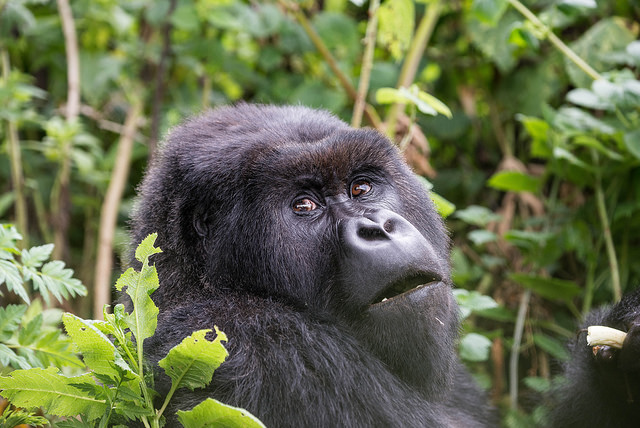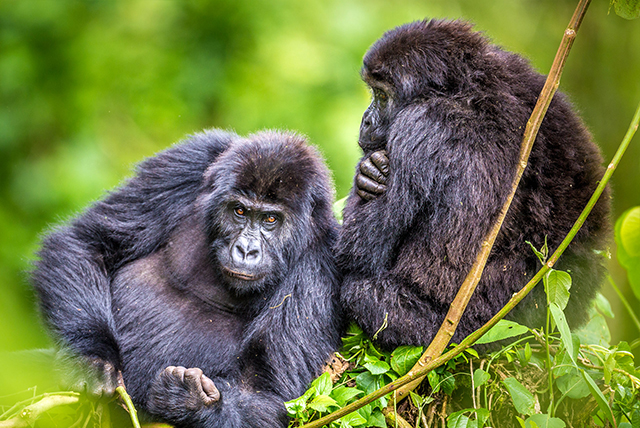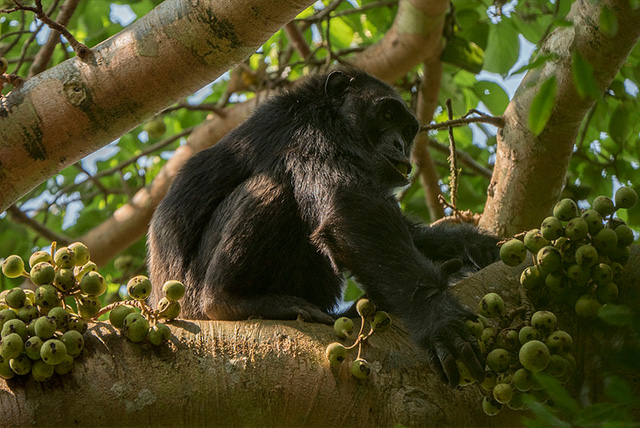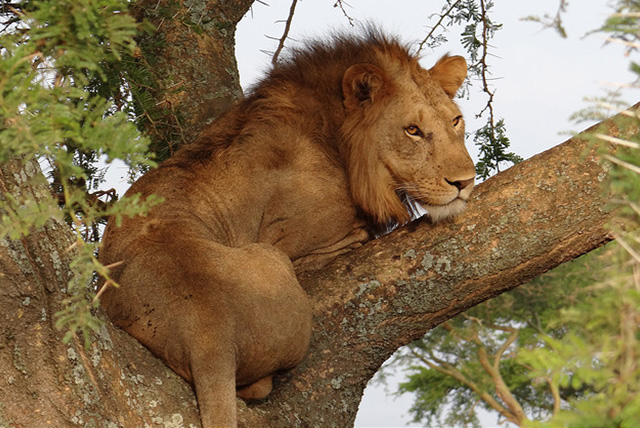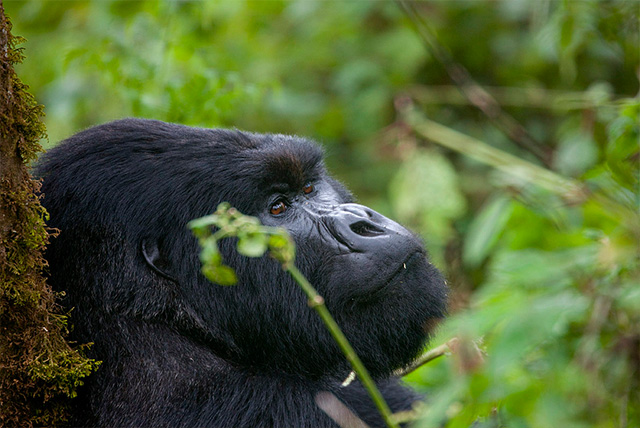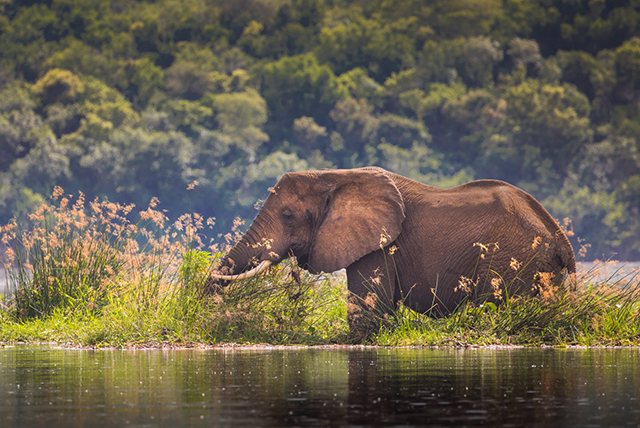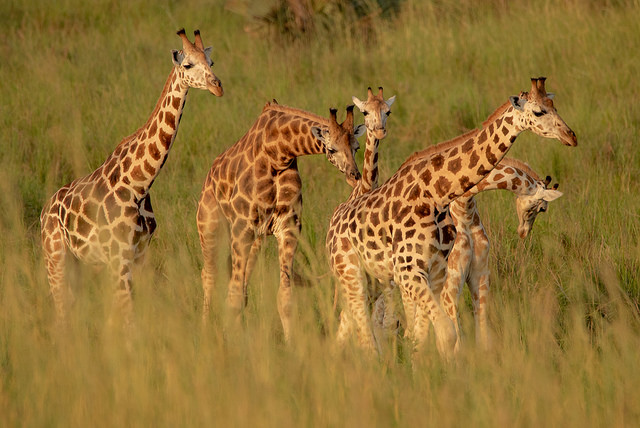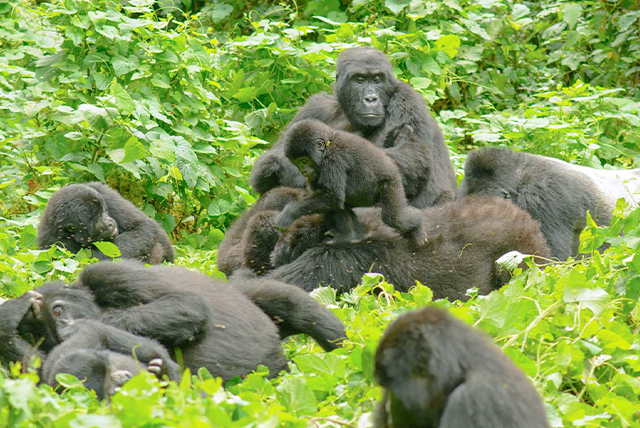Where to go for a Lesotho tour
The Top Destinations in Lesotho to Visit
Big mountain vistas, a rugged alpine atmosphere, and gentle people more than make up for the Kingdom of Lesotho’s relatively small size. Slowing down, hiking the hills and mountain trails, and immersing oneself in the vastness of one’s environs are all components of the Lesotho exploration experience. Lesotho is not a destination for big wildlife. The mountain vistas and dramatic landscapes are the attractions. These destinations are well worth the visit when punctuated by bird sightings and small game sightings.
Sehlabathebe National Park
The Qacha’s Neck District is home to Sehlabathebe National Park, which extends over 65 km² and shares a border with South Africa’s uKhahlamba-Drakensberg National Park. In 1970, it was established as Lesotho’s inaugural national park. In 2008, it was included in the Maluti-Drakensberg World Heritage Site, further emphasizing its global importance.
The park is a haven for hikers, featuring a dramatic and rugged landscape adorned with rock arches, outcrops, caverns, waterfalls, and pools, all set against the magnificent uKhahlamba-Drakensberg escarpment backdrop. The rare journey of discovering these very ancient locations is through the exploration of the park’s more than 60 San rock-art sites.
Grey rhebok, eland, Chacama baboons, rock hyraxes, and the black-backed jackal, the primary predator in the region, are all worth monitoring, despite the scarcity of wildlife. No fewer than four endangered species, including the critically endangered Maluti redfin, the bearded vulture, the Cape vulture, and the Sehlabathebe water lily, are found in Sehlabathebe.
To experience the enchanting majesty of Sehlabathebe National Park, embark on a walk to observe the ancient rock arches and balancing boulders that are shrouded in mist. The dramatic landscape is complemented by a burst of color as the rolling grassland is alive with vibrant wildflowers in the spring. The park is accessible year-round, with the most stunning landscapes on display from December to April when the scenery is verdant. From October to March, afternoon storms are frequent, and from April to September, hiking conditions are ideal, with reliable dryness, although temperatures can drop to freezing at night.
Ts’ehlanyane National Park
Ts’ehlanyane National Park covers a 2,600 m (8,500 ft) expanse of rugged, high-altitude wilderness at the confluence of the Ts’ehlanyane and the Holomo rivers. The park is home to one of Lesotho’s only indigenous forest stands, which is characterized by a variety of rare undergrowth plants that are exclusive to this woodland habitat.
Ts’ehlanyane National Park is home to four main rivers and native old-wood forests, as well as the rare berg bamboo. The park and the river are named after the plant, which is known as “Ts’ehlanyane” in the local language.
Exploring the picturesque valleys on foot or by pony is an enchanting experience, as they are home to natural swimming pools and hiking trails. Ts’ehlanyane is not particularly renowned for its biodiversity; however, you may come across a diverse array of animals during your walks. Africa’s largest antelope, the magnificent eland, is the most noteworthy of the more than 20 mammal species that the park safeguards. During your exploration, be vigilant for the ice rat, which flourishes in the high-altitude environment.
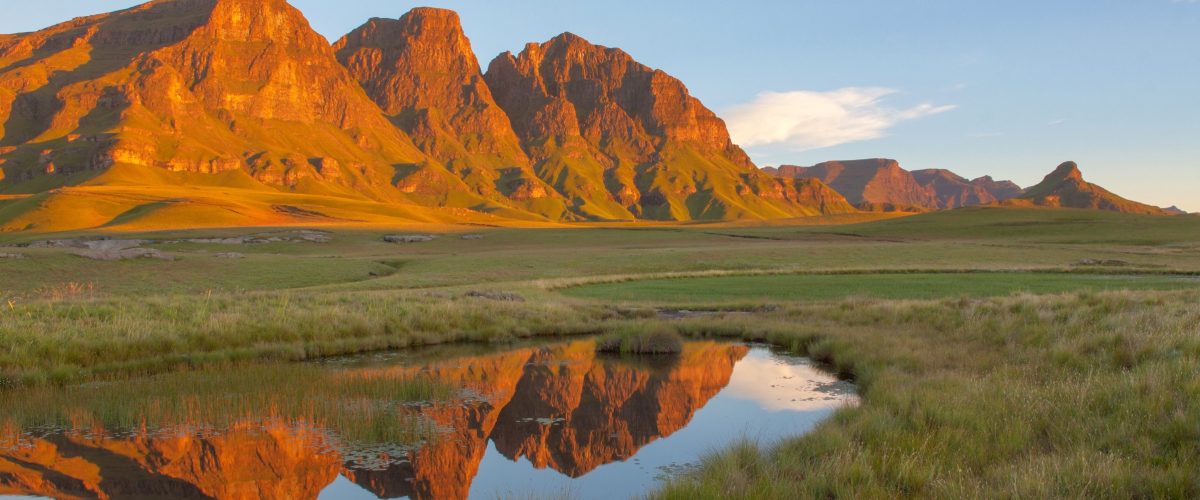
Lesotho’s Most Popular Cities, Attractions, and Destinations
Thabana Ntlenyana
In the majestic Maluti Mountains of Lesotho, the highest mountain in southern Africa is situated at 3,482 meters (11,424 ft). It is referred to as “beautiful little mountain” in the Sesotho language. Thabana Ntlenyana is a component of the renowned “Grand Traverse” that traverses the extensive Drakensberg system. It can be ascended from the Vergelegen Nature Reserve or the Sani Top Chalet.
Katse Dam & Botanical Garden
The Lesotho Highlands Water Project is a remarkable system of dams and tunnels that enables the transmission of water through the Lesotho Highlands, with the Katse Dam serving as its focal point. The Botanical Garden was initially established to protect the spiral aloes that were impacted by the construction of the Katse Dam. Since then, it has evolved into a thriving oasis that includes a medicinal section, indigenous flora, gravel pathways, and a breathtaking viewpoint that offers a view of the dam.
Visit Semonkong.
The city of Semonkong is regarded as the adventure capital of Lesotho. All of the following activities are accessible in this location: hiking, pony trekking, mountain biking, fly fishing, rock climbing, and abseiling the highest commercial abseil in the world.
The Maletsunyane Falls
The Semonkong Falls, which is also known as the highest single-drop waterfall in southern Africa, is situated at an elevation of 192 meters / 630 feet. This captivating waterfall and its breathtaking surroundings are revealed by a scenic five-kilometer stroll along the Maletsunyane River from Semonkong. For those who are more daring, the Maletsunyane Falls abseil is the longest commercial abseil in the world, according to the Guinness World Record, at 204 m / 670 ft.
Thaba Bosiu
Thaba Bosiu is a quartzite plateau that serves as the spiritual and historical center of the Sotho Kingdom. This formidable sandstone plateau, which rises to an altitude of 1,800m just 20km east of Maseru, was the residence and military stronghold of Moshoeshoe I, the kingdom’s venerated founding father, for a significant portion of the mid-19th century. As Moshoeshoe and his followers ascended the plateau in the dark during the frigid midwinter of 1824, he named it Thaba Bosiu, which translates to ‘Mountain of Night,’ according to Sotho oral tradition.
Dwellings of Kome Cave
The traditional Sotho furnaces are reminiscent of these distinctive dwellings, which are constructed in and against the rock faces from a combination of granite, mud, and dung. Kome Cave Dwellings is a National Heritage Site that is well worth a visit.
Mastitize Ellenberger Cave House
The masonry house, constructed in 1866 by Reverend David Ellenberger at the base of an overhanging rock, serves as a museum of sorts. A series of dinosaur footprints that were discovered during the excavation are embossed on the ceiling of one of the rooms.
Footprints of Dinosaurs
Lesotho, in conjunction with the Karoo in South Africa, is a paradise for paleontologists. Several exceptional dinosaur impressions have been revealed in rock overhangs and river beds, with the most recent discovering occurring in 2016. Subeng Stream, Morija, Tsikoane, and Quthing are among the most popular sites.
San Rock Art
For thousands of years, the Maluti Mountains were a stronghold of the San People, a hunter-gatherer people that are now extinct in Lesotho. The San People left behind hundreds of rock art sites. East of Maseru, the most accessible rock art sites are located at Ha Baroana and the Liphofung Cultural Centre in Butha Buthe. For those who are more daring, the stunning Sehlabathebe National Park contains over 60 rock art sites. They can be accessed by 4×4 vehicle.
Fly fishing
Lesotho’s mountain waterways and rivers are stocked with both rainbow and brown trout. Lesotho is a highland paradise for fly-fishing enthusiasts, nestled between picturesque valleys and mountains.
Experience the thrill of skiing in Africa
Skiing, snowboarding, and a variety of other snow-related activities are all available in Lesotho due to its high altitude, which results in an abundance of snowfall. The quantity of snowfall fluctuates annually; however, Afriski and Oxbow Lodge, which are situated in picturesque settings, are well worth visiting. Lesotho is reliant on nature, in contrast to Tiffindell in South Africa, and the snow season in southern Africa is June, July, and August.
Cities in Lesotho: Maseru
The capital city of Lesotho is Maseru, which is situated on the western edge of the country, near the South African boundary. Lesotho’s political, economic, and cultural epicenter is Maseru. In 1869, the British established Maseru as a police garrison, approximately 24 km from King Moshoeshoe’s stronghold at Thaba Bosiu. Maseru continued to serve as the capital even after the country achieved independence in 1966, due to its strategic location on the border with South Africa. Maseru is a term in the Sesotho language that denotes “red sandstone.”
Maseru is currently more of a pit stop than a tourist destination; however, there are still some attractions that are worth exploring for those who are inquisitive. The Lesotho Cooperative Handicrafts, the sole official visitors center in Lesotho, has become an iconic landmark and is shaped like a Basotho Hat – makorotlo. The National Museum offers a glimpse into the country’s history, culture, and art. Crafts and souvenirs from various regions of Lesotho are available for purchase within.
Lastly, the industrial center of Thetsane provides a distinctive perspective on the industrialization of Africa. This vibrant region is home to a plethora of factories that manufacture textiles, t-shirts, and denim for renowned US retailers such as Gap, Children’s Place, and Kmart, as well as brands such as Levi Strauss, Jonsson, and Puma. Thetsane’s lively ambiance is in stark contrast to the relaxed lifestyle that is prevalent in other regions of Lesotho.

